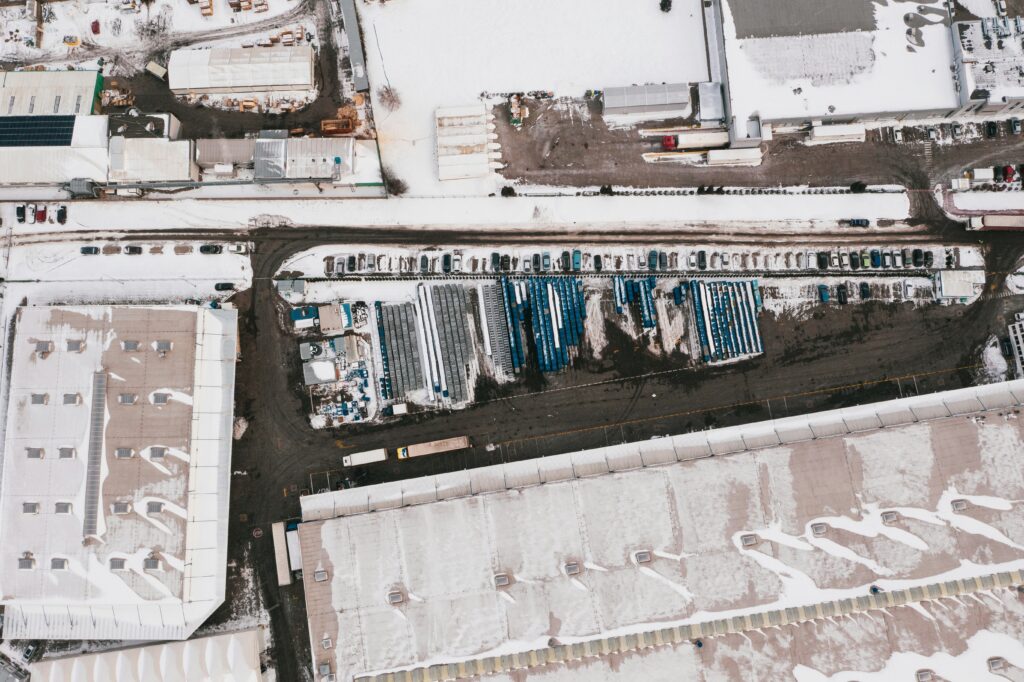The colder months are arriving in many regions of the world, as days get shorter and leaves fall. Households and businesses need to hold onto as much warmth as possible so they do not waste resources and money. Builders can assist residents and companies with building automation for next-generation winterization. What are these systems capable of, and what does it look like after implementation?
The Capabilities of Building Automation Systems (BASs)
BASs are software and hardware solutions that provide an overview of a structure’s mechanical, electrical and related systems. While many of the equipment attached to a BAS, like an HVAC system or smart lights, are manually operable, BASs consider more influences in real time. This is crucial in winter when winds, rain and ice make temperatures feel more intense. The BAS responds to incoming information to command equipment in the most proactive and efficient manner.
They can oversee each device’s potential and internal condition impact against outside environmental factors. Everything could have a schedule or respond reactively to metrical assignments, like lowering the intensity of smart lights based on temperature. It could streamline ventilation, energy tools and everything in between to use the least amount of resources while maintaining comfort.
The controls are also centralized within one platform, making it easy for commercial and residential properties to see how the building’s mechanisms synergize with each other. Many offer remote capabilities, too. This helps building operators know the status of their systems in case of a winter emergency, like a blackout. It makes everything more straightforward to access from a personal and professional point of view, especially when identifying maintenance concerns during colder months.
Promoting Smart Winterization for Cold Weather Preparedness
Knowing what these systems can handle, what will their sensors and data do for winterization efforts?
Temperature Regulation
BASs keep buildings cozy by leveraging outdoor data against the technologies impacting inside conditions. Then, smart weather integrations will adjust thermostats, heat pumps, HVACs, water heaters and more as necessary. This automation is crucial for preventing the overextension of vulnerable machinery.
Pushing mechanical and electrical hardware during winter months could prove detrimental to operations, leading to damage or downtime. Adjusting settings manually might put heating equipment on overdrive, when a BAS can look at other systems in the home to reveal safer optimization opportunities.
Freeze Protection
Crucial winterization mechanisms could freeze if left unchecked. BASs have built-in monitoring to review cooler areas where essential fixtures are located, such as pipes. In addition to common winterization practices for plumbing, like adding frost-free hose bibs and tending to leaks, homes want more visibility. Sensors located in cold areas like attics, basements and crawl spaces make this robust. The BAS will notify inhabitants of a predicted freeze threat if the characteristics or environmental conditions around the equipment change.
Energy Efficiency Optimizations
Other energy-related optimizations like managing ventilation or controlling smart blinds could reduce loads even more on high-demand winter equipment. Households and communities can use the financial savings from reducing heat demand to allocate toward other conventional winterization efforts, like insulation and landscaping.
Predictive Maintenance
Having a heater die during the winter can lead to safety and health concerns. Switching to a predictive maintenance mindset versus reactive or preventive is more appropriate for the winter season.
A BAS prepares households for winter by informing them of predictive maintenance. Similar to freeze protection, the system can use historical and incoming data to determine how winterization efforts will work in the future. The suggestions prevent over-maintenancing and misguided diagnostics. It may also suspect an air leak in the building’s envelope or suggest scheduling an HVAC inspection.
Zoning Data
BASs consider how different rooms in a building may need curated attention. A sunroom on the edge of the home requires more winterization management than a bathroom with no windows. Automation delegates resources where they are most valuable to make the most of the equipment.
When Winterization Meets Technology
While traditional weather strips and caulking are some backbones of winterization, technology can make it even stronger. Temperatures are becoming more extreme, so every degree matters more than ever. With smart winterization, buildings develop automation and awareness so they can actively respond to climate-related threats against internal comfort and resource management.



